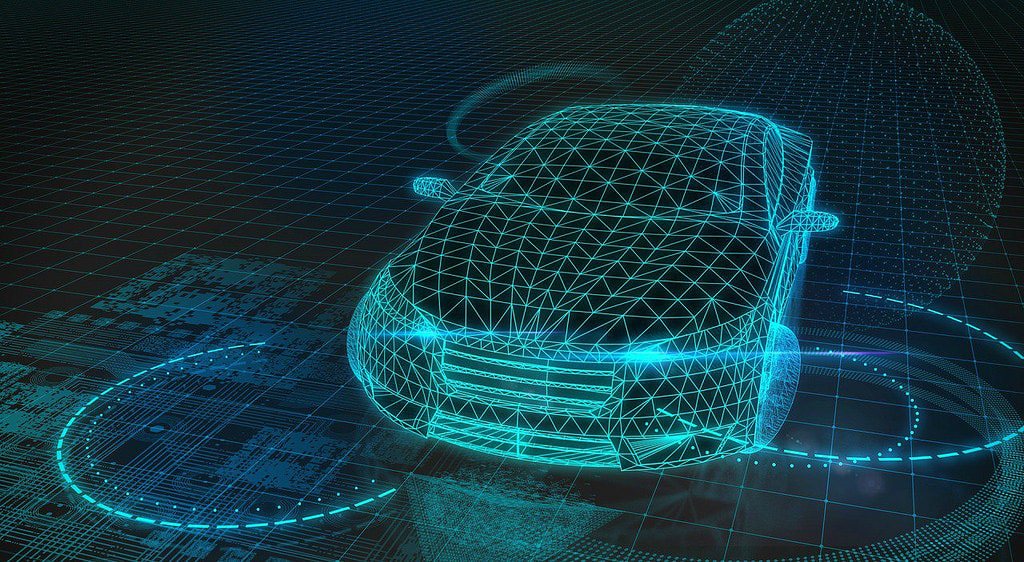| The latest statistics from the National Safety Council show more than 40,000 people died in automobile-related accidents in 2017. Chances are, even after reading this, you will get back in your car sometime today without much of a concern. After all, what are 40,000 compared to the 263.6 million drivers in the U.S.? Even average Americans can do that math (sort of). |
| | But get into a partially self-driving car? Are you kidding? No way. Didn’t someone die recently in Arizona? And didn’t someone else die not long before that in California? Then there was that crash in South Jordan a few weeks ago where a woman’s Tesla hit a parked fire truck at 60 mph. She supposedly had the thing on autopilot, right? A new survey by AAA found that 73 percent of Americans now are afraid of riding in a self-driving car, up from 63 percent a few months ago. Nearly two-thirds of those surveyed said they wouldn’t even feel safe walking down the street with a self-driving car nearby. Even about two-thirds of tech-savvy millennials said they were afraid. Two things may be learned from this. One is that the self-driving industry — and that includes multiple companies currently working on the technology — has a big PR problem following those recent accidents. The other is that human nature tends to treat problems with a new thing much more critically than problems with an old and familiar thing. The flu, for example, kills tens of thousands of people each year and may have killed more than 50,000 in the season that just ended. So who’s panicking? But give us a new disease — say, West Nile Virus — and if it kills a few dozen people (91 in 2017, according to the Centers for Disease Control and Prevention), we freak out at the sight of a mosquito. But a third lesson is far more important than these two. It has to do with distracted driving. That’s the real culprit here — the driving factor (pun intended) behind auto accidents of all kinds. A video of the Arizona accident, in which a partially self-driving Uber struck a pedestrian, seems to show the person behind the wheel looking down at a phone just before impact. In South Jordan, police said data from the Tesla that slammed into a fire truck showed the driver took her hands off the steering wheel 80 seconds before impact. She reportedly told officers she was looking at her phone to check routes on a map. A commercial on television shows a man test-driving a new car with several loud children in the back. He is momentarily distracted by all the noise, but his car miraculously brakes on its own in time to avoid a rear-end collision. The intended message may be that even responsible drivers sometimes need an automatic braking system as a backup. But I’m afraid the actual message, reinforced by a child urging the driver to do it again, is that a person who buys such a car no longer needs to worry much about paying attention. That couldn’t be more wrong. The truth is we’re in an awkward in-between stage. Cars are not fully self-driving — not even close. And yet attention spans overall seem to be diminishing daily. If you’ve been paying attention, you may have noticed that manufacturers keep changing their predictions. Not long ago, experts said we’d all have robot cars by 2017. If you want a real dose of reality, visitors to the 1939 World’s Fair were told to expect them by 1960. That leaves us where we are today — a time in which owners’ manuals clearly tell people there are limits to driver-assisted technologies and that they must remain attentive, but when seemingly few people pay attention to anything at all, even while walking down the street. Our fear is misplaced. Self-driving technology isn’t to blame; we are. The drivers of regular old human-driven cars are just as dangerous, especially when multi-tasking, as those who falsely believe their cars can handle it all. But the sad thing is the misuse of these new technologies, exacerbated by exaggerated advertising, may delay the eventual day of full automation. It’s why we just can’t have nice things. |


 RSS Feed
RSS Feed

